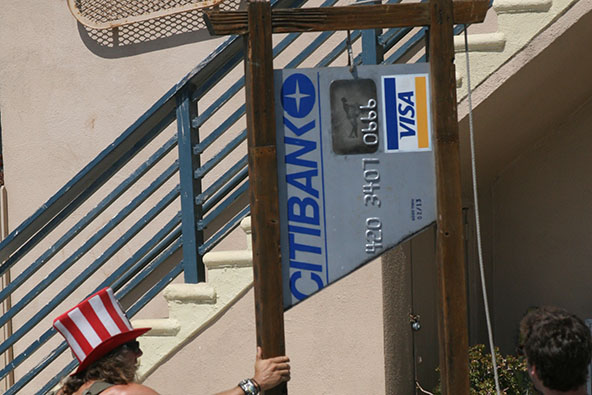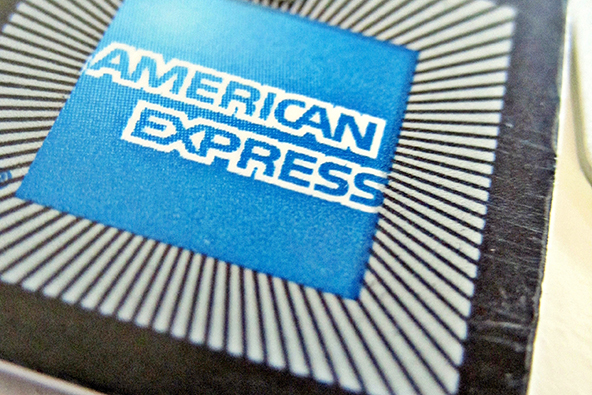How to Manage Invalid Chargebacks

Chargebacks are the single biggest factor why e-commerce businesses get into trouble with their merchant accounts. Visa and MasterCard have both set a limit of one percent on the number of charged-back transactions, in relation to the total number of transactions processed each month. In reality, payment processors will usually suspend a merchant account long before the chargeback ratio reaches 1 percent, because they are fined substantial sums by the Associations for each merchant designated as an excessive chargeback merchant.
Merchants must constantly work on improving their chargeback prevention procedures and pay special attention to invalid chargebacks, which are charged-back transactions for which the merchant is not responsible. To help merchants out in their efforts to eliminate frivolous customer disputes and invalid chargebacks, Visa and MasterCard have developed chargeback verification systems that significantly reduce chargeback levels and greatly improve the chargeback process.
When Visa or MasterCard detect an invalid chargeback, they automatically return it to the card issuer that originated it, and the merchant and its payment processor will never see it. Many processors have also established systems that routinely review exception items, allowing them to resolve issues before a chargeback is necessary. Together, these systems ensure that the chargebacks that you receive are legitimate or that only you can respond to them.
Yet, chargebacks are not always caused by fraud or processing errors or otherwise caused by an inadequacy in the merchant’s sales processing procedures. In many instances customers try to game the system by charging back legitimate transactions for which they are fully responsible. Unfortunately, they often succeed. So, even though chargeback verification systems are becoming increasingly more sophisticated and reliable, chances are that an invalid chargeback or two will often manage to find their way around them and into your payment processing statement. Moreover, a chargeback may be cleared by the verification systems, because it meets their requirements, and still be invalid. In these cases you should follow through as quickly as possible and represent your supporting evidence to your merchant processing provider as a proof that the charges were valid.
Although invalid chargebacks cannot be completely eliminated, you can significantly reduce their number by developing and implementing a set of best practices.
- Make sure that the way you accept and process orders and electronic payments is compliant with Visa and MasterCard regulations that were established exactly to help you fight chargebacks and downgrades (the practice of processing non-compliant transactions at rates that are higher than your qualified rates).
- Ensure that your processor is sufficiently competent. If all of your efforts to contain invalid chargebacks and the assistance that you have received from your processor have not produced the desired effect and the levels of invalid chargebacks remain consistently high, it may be possible that your processor simply lacks the expertise to address the issue and your best option may be to switch to another service provider.
- Do your due diligence when researching your prospective processor and consider all aspects of their services, not just the processing fees. Contact merchants who are currently using your prospect’s processing services and ask how well their processing bank is managing their chargebacks, exception items and re-presentments. Find out how sophisticated the processor’s reporting system is and ask to see a demo.
Remember that the right processing partner will help you process card transactions in compliance with Visa and MasterCard regulations and manage chargebacks successfully, which will save you money and help grow your business.
Image credit: Powerupfleet.com.


